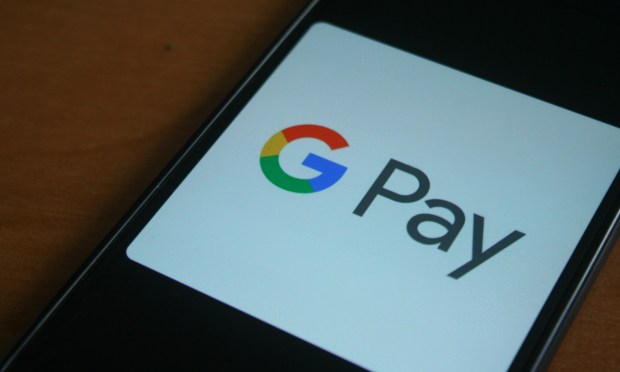As Ad Biz Slows, Alphabet Looks to Google Pay and Shorts for Additional Revenue Tailwinds

Wall Street’s favorite parlor game might be termed “over/under.”
Investors and analysts eagerly parse whether revenues and earnings were over/under consensus. And they are swift to flee companies that miss consensus.
Google parent Alphabet’s shares, at this writing, are down about 3%, making this the latest Big Tech to be punished for falling short of expectations. Even the search giant cannot escape slowing growth that has come with booming inflation and the war in Ukraine.
Macro concerns are one thing, but dig a little deeper, and it becomes clear that Alphabet — and more specifically, Google — has it sights set more fully on digital payments, on commerce. By extension, that means making Google Pay ubiquitous.
In response to an analyst question on how payments can become the next billion-user offering, CEO Sundar Pichai said that “obviously, we’ve been focused on making sure payments works well … our payment strategy is very similar to the strategy we have for commerce overall. We want to make all of this work easier, both on the merchant and the financial institution side, and making sure they can connect with the customers well.”
And as it stands right now, he said, 150 million people across 40 countries are using Google Pay. That installed base, said Pichai, will set the stage for the company to innovate and build new digital experiences over time. He noted, by way of example, that users can pay for parking on Google Pay with their voice by using Google Assistant.
Building for Scale
Google, said Pichai, is busy “building for scale, and building for simplicity. And then over time, we will layer on additional helpful features. But we are definitely focused on the first part now, making sure it works well for as many users across the world.”
Though the discussion of Google Pay was more qualitative than quantitative, there are other hints as to how Alphabet is striving to monetize various parts of its business, particularly as the growth fueled through the past two years will be difficult to sustain.
YouTube’s advertising sales were $6.9 billion, which missed consensus of $7.5 billion, and showed slowing growth, to 14% year over year, down markedly from the 46% that had been seen through 2021. The war has had an “outsized impact,” on YouTube given the freeze on ad sales in Russia and Europe saw a general slowdown. Search revenue grew 24% to $39.6 billion.
The firm’s “other” businesses, as a segment, saw sales of $6.8 billion, which missed Street expectations of $7.5 billion.
Among the bright spots Pichai noted on the call that YouTube Shorts (which allows users to create short form videos) has grown four times over the rates seen a year ago, to the current 30 billion daily views.
“We will focus on building a great user experience first. we’ll work to build monetization over time,” he said on the call.
And in a nod to just how the payments and commerce ecosystems are changing, management noted on the call that it had made changes to its Google Play pricing model.
“Today, 99% of developers qualify for a service fee of 15% or less. While this impacted our short-term results, we think it’s the right long-term approach to support the ecosystem and to be the most developer-friendly app store and gaming platform available,” said Pichai.
And, in a statement that perks up our PYMNTS’ ears, he said, “we are also exploring alternative billing options.”
